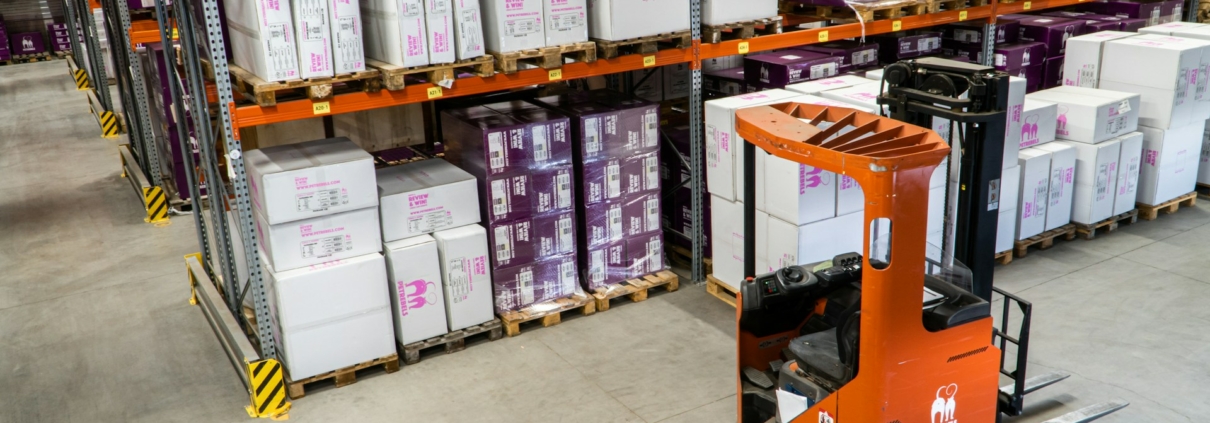Environmental Impact of Packaging Choices
Understanding the environmental impact of packaging choices is essential for businesses aiming to operate sustainably. The packaging industry significantly affects our planet, contributing to pollution and resource depletion. By exploring the types of materials used, their life cycles, and eco-friendly alternatives, we can make informed decisions that benefit both the environment and our bottom line. Reducing packaging waste not only supports sustainability but also appeals to increasingly eco-conscious consumers.
Packaging materials vary widely in their environmental impact. Some materials, like plastic, are notorious for their durability and resistance to degradation, leading to long-term pollution problems. On the other hand, materials like cardboard and biodegradable plastics offer more sustainable options but come with their own set of challenges, such as resource usage in production. Understanding these nuances helps businesses choose the right materials for their needs while minimising environmental harm.
Considering the full life cycle of packaging—from production to disposal—provides insight into its overall environmental footprint. Beyond the choice of materials, how packaging is manufactured, used, and eventually discarded plays a critical role in its impact. By examining each stage of this process, we can identify opportunities for improvement and develop strategies to reduce waste. This article delves into the environmental impact of packaging choices and offers practical solutions for creating more sustainable practices.
Types of Packaging Materials and Their Environmental Impact
Different packaging materials affect the environment in various ways. Plastics, for example, are widely used due to their versatility and durability. However, their long decomposition time creates significant environmental issues. Plastics often end up in landfills or oceans, posing threats to wildlife and ecosystems. The production of plastic also relies heavily on fossil fuels, contributing to greenhouse gas emissions.
Cardboard and paper materials are generally more eco-friendly options. They decompose faster and are often recyclable. However, producing these materials involves cutting down trees, which can lead to deforestation if not managed sustainably. It’s crucial to source cardboard from suppliers who practice sustainable forestry methods to minimise these adverse effects.
Biodegradable and compostable materials are becoming popular alternatives. These materials break down more quickly and safely in the environment. They’re made from renewable resources like cornstarch or sugarcane. While these options are more environmentally friendly, they still require proper disposal methods to achieve their full potential benefits. Understanding the environmental impact of each type of packaging material helps businesses make better choices for sustainability.
The Life Cycle of Packaging: From Production to Disposal
The life cycle of packaging involves several stages, each with its own environmental impact. The first stage is production, which includes sourcing raw materials and manufacturing the packaging. This stage often requires significant energy and resources. For instance, producing plastic relies on petroleum, while paper and cardboard require timber. The energy used in manufacturing also contributes to carbon emissions.
The next stage is distribution and use. Packaging needs to be transported to various locations, adding to its carbon footprint through fuel consumption. Once in use, packaging serves its purpose for a limited time before it becomes waste. Efficient use of materials and space during this stage can reduce overall environmental impact.
Finally, the disposal stage is crucial. How packaging is discarded determines its long-term effects on the environment. Recycling can mitigate some negative impacts, but not all materials are easily recyclable. Biodegradable options need specific conditions to decompose properly. Landfilling non-recyclable waste should be a last resort due to the long-term pollution it causes. By examining each of these stages, businesses can identify opportunities to improve sustainability throughout the packaging life cycle.
Eco-Friendly Packaging Alternatives
Exploring eco-friendly packaging alternatives can significantly reduce environmental harm. Some of the most effective options include:
- Recycled Materials: Packaging made from recycled paper, cardboard, and plastic reduces the need for new raw materials and lessens energy consumption. Using recycled content also helps close the loop in the recycling process.
- Biodegradable Plastics: These are designed to break down more quickly than traditional plastics. Made from natural materials like cornstarch and sugar cane, they decompose under the right conditions, reducing long-term waste.
- Compostable Packaging: Similar to biodegradable plastics, compostable packaging breaks down into non-toxic components that enrich the soil. Compostable packaging requires industrial composting facilities to decompose efficiently.
- Plant-Based Materials: Materials such as mushroom packaging and seaweed pouches are becoming popular due to their minimal environmental impact. These materials are renewable and biodegradable, offering a sustainable alternative to traditional packaging.
Choosing eco-friendly packaging not only benefits the environment but also positions your brand as a responsible and forward-thinking entity. These alternatives provide practical solutions for reducing the ecological footprint of packaging.
Strategies for Reducing Packaging Waste
Implementing strategies to reduce packaging waste is crucial for sustainability. Here are some effective tactics:
- Minimise Packaging: Aim to use the least amount of material necessary. This can involve redesigning packaging to be more efficient or eliminating unnecessary layers and components.
- Standardisation: Using standard sizes and shapes for packaging can reduce waste and streamline production. It can also make the recycling process easier by reducing the variety of materials that need to be processed.
- Reusable Packaging: Encourage the use of packaging that can be reused multiple times. For example, using sturdy containers for shipments that can be returned and reused reduces the need for constant new packaging.
- Consumer Education: Educate customers about the importance of recycling and proper disposal methods. Clear instructions on the packaging itself can help ensure that it is recycled or composted correctly.
- Supplier Collaboration: Work closely with suppliers to source sustainable materials and develop packaging solutions that generate less waste. A collaborative approach can lead to innovative and mutually beneficial solutions.
By adopting these strategies, businesses can significantly cut down on the amount of waste generated from packaging, making a substantial impact on their overall environmental footprint.
Conclusion
Understanding the environmental impact of packaging choices is critical for businesses aiming for sustainability. By carefully selecting materials, considering the entire life cycle of packaging, and opting for eco-friendly alternatives, we can mitigate environmental harm. Implementing waste reduction strategies further supports these efforts, aligning business practices with ecological responsibility.
In 2024, consumers are more informed and concerned about the environmental footprint of the products they purchase. Making sustainable packaging choices not only helps the planet but also meets consumer demand for responsible business practices.
If you’re ready to explore innovative and sustainable custom packaging solutions, contact Star Stuff Group today. Let’s work together to find the best options that benefit both your business and the environment.




